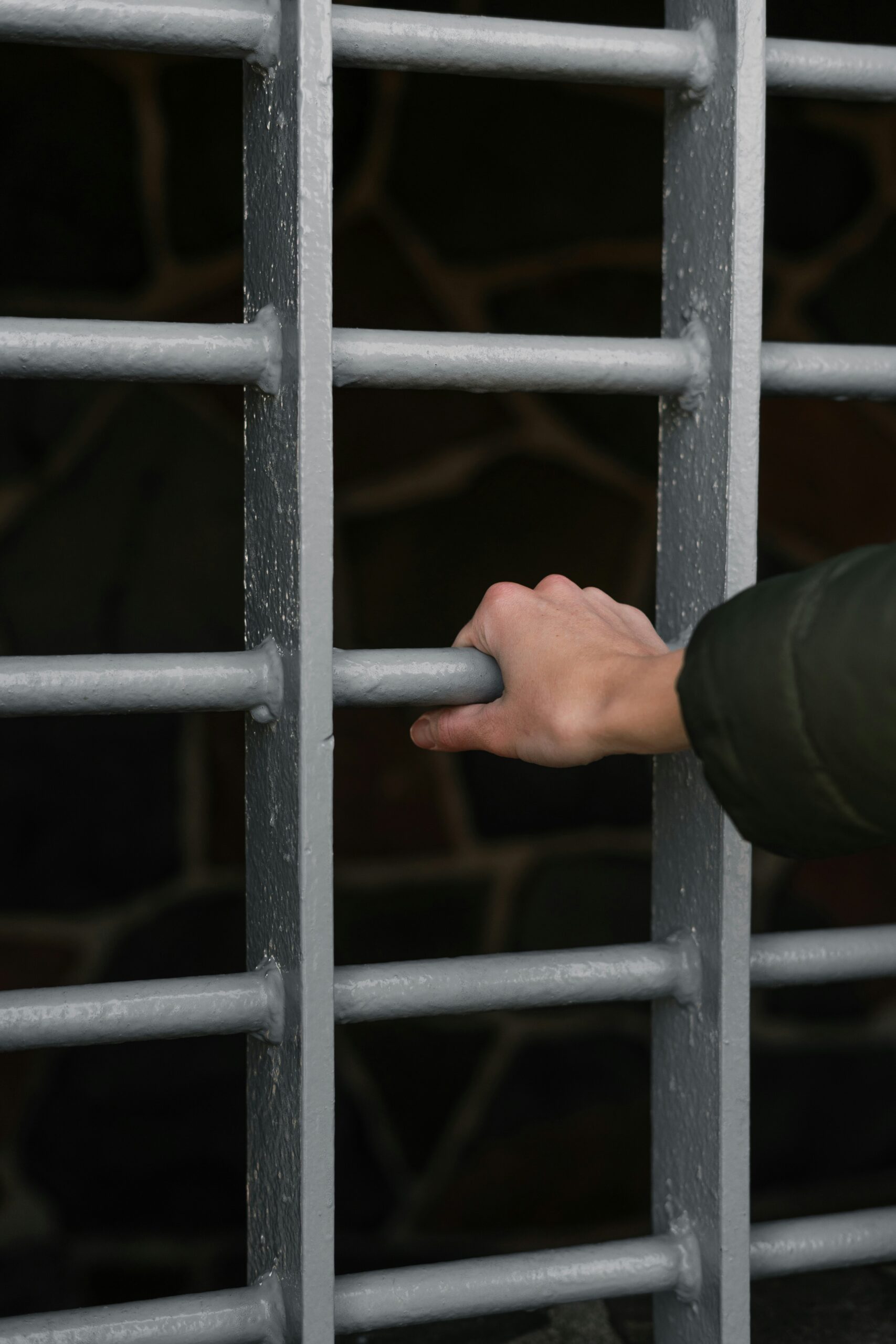
Major Ukraine-Russia Prisoner Swap Completed
In a significant development in the ongoing conflict, a large-scale prisoner exchange between Ukraine and Russia has taken place. This complex operation involved the transfer of hundreds of soldiers from both sides, marking one of the most substantial exchanges since the beginning of the conflict. This Ukraine Russia prisoner swap is a major development.
Key Facts
- Hundreds of prisoners were exchanged between Ukraine and Russia.
- The swap involved soldiers from both sides of the conflict.
- Negotiations for the exchange were complex and lengthy.
- Specific numbers of prisoners exchanged by each side have not been officially disclosed in initial reports.
The prisoner exchange represents a notable diplomatic achievement amid the continuing hostilities. While the exact details regarding the number of prisoners exchanged by each side remain unclear, the sheer scale of the operation underscores the importance of such negotiations in mitigating human suffering and potentially paving the way for future de-escalation efforts. The successful completion of this exchange highlights the ongoing efforts to address the humanitarian consequences of the conflict.
Background
Prisoner exchanges between Ukraine and Russia have been a recurring feature of the conflict, serving as a means to secure the release of captured combatants and, in some instances, civilian detainees. These exchanges are often facilitated by third-party mediators and involve intricate negotiations to address the concerns and demands of both sides. The legal framework governing prisoner exchanges in international armed conflicts is primarily based on the Geneva Conventions, which outline the rights and obligations of belligerents regarding the treatment of prisoners of war.
The process of negotiating prisoner exchanges typically involves several stages, including:
- Identifying and verifying the individuals held captive by each side.
- Establishing communication channels between the parties involved.
- Agreeing on the terms and conditions of the exchange, such as the number of prisoners to be released and the location and timing of the transfer.
- Addressing any outstanding issues or concerns related to the treatment of prisoners.
These negotiations can be protracted and challenging, given the deep-seated mistrust and animosity between the parties involved. However, the successful completion of prisoner exchanges can provide a glimmer of hope amid the broader conflict and contribute to building confidence for future peace talks.
Timeline / What We Know
- [Date not specified in source]: Negotiations for the prisoner exchange commenced. The source did not specify the exact start date.
- [Date not specified in source]: Agreement reached on the terms of the prisoner exchange. The source did not specify the exact date.
- [Current Date]: The prisoner exchange was successfully carried out, with hundreds of soldiers from both sides being released.
The timeline of events leading up to the prisoner exchange underscores the complexity and duration of such negotiations. While the specific dates of key milestones remain undisclosed, the successful completion of the exchange marks a significant step forward in addressing the humanitarian consequences of the conflict. The source did not specify all dates.
Official Reactions
Official reactions to the prisoner exchange have been generally positive, with representatives from both Ukraine and Russia acknowledging the importance of the agreement. However, specific details regarding the statements made by government officials have not been fully disclosed in initial reports. Further information is needed to fully assess the official response to this development.
Typically, official reactions to prisoner exchanges include:
- Statements from government officials expressing satisfaction with the outcome of the negotiations.
- Reaffirmations of commitment to upholding international humanitarian law.
- Expressions of gratitude to the third-party mediators involved in facilitating the exchange.
- Calls for continued dialogue and cooperation to address other outstanding issues related to the conflict.
What’s Next
Following the completion of this prisoner exchange, several potential scenarios could unfold:
- Continued Negotiations: Both sides may continue negotiations to secure the release of additional prisoners and address other humanitarian concerns.
- De-escalation Efforts: The successful exchange could create momentum for broader de-escalation efforts and pave the way for future peace talks.
- Increased Tensions: Despite the positive development, tensions could escalate if either side perceives violations of the agreement or if other issues remain unresolved.
- Stalemate: The conflict could continue without significant progress, with prisoner exchanges serving as isolated events rather than a catalyst for broader peace.
The future trajectory of the conflict will depend on a variety of factors, including the willingness of both sides to engage in meaningful dialogue, the role of international mediators, and the evolving geopolitical landscape. The source did not specify what will happen. It’s possible that negotiations may continue, de-escalation efforts might gain traction, or tensions could escalate once more. Alternatively, the situation may remain in a stalemate. The prisoner swap represents potential progress, but the long-term impact remains to be seen.